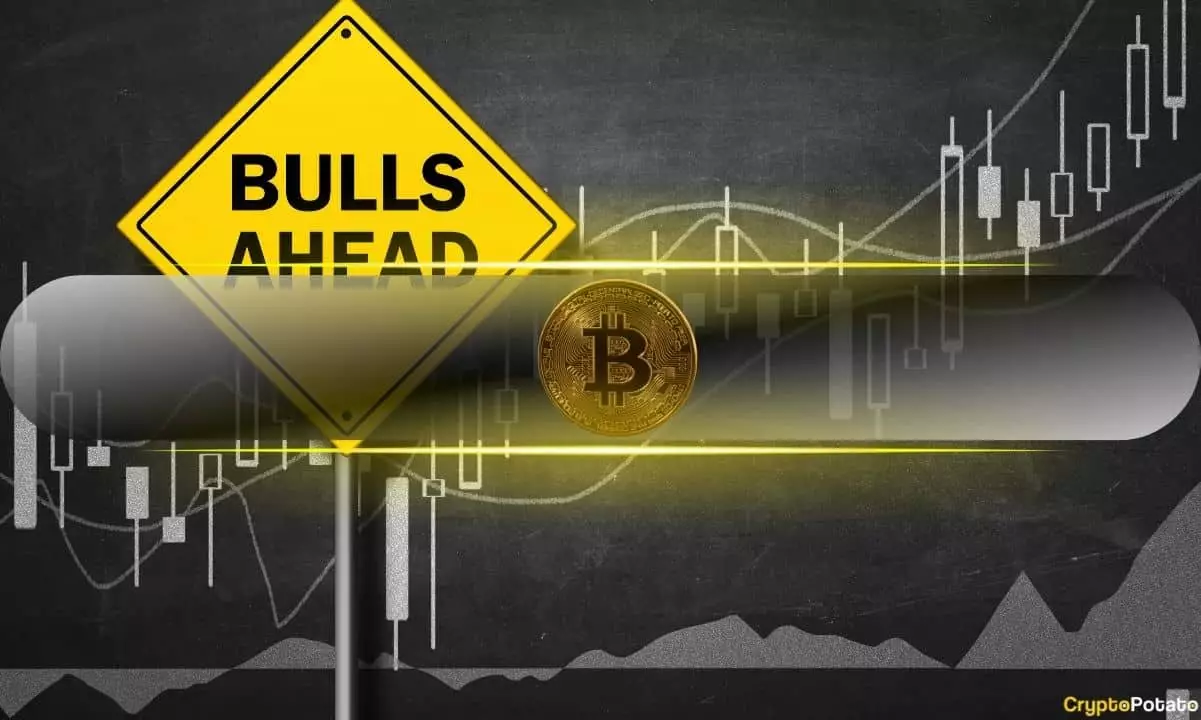Bitcoin’s recent surge might initially seem exhilarating, with a notable 25% increase propelling its price from just below $74,000 to over $96,500 within a matter of weeks. However, while many enthusiasts celebrate this bounce, a critical analysis reveals underlying tensions and a potential precariousness within the market. The volatility that once defined Bitcoin’s reputation is fading, yet this calmness could be misleading. With a dwindling supply of BTC available on exchanges and accumulating on-chain metrics hinting at an impending supply shock, it’s crucial to look beyond the surface of these price movements.
Miners and Market Predictions
Robert Breedlove, a well-known Bitcoin maximalist, posits that we may be on the verge of a significant bull run, reflecting on miner economics and their impact on market behavior. The focus on average miner production costs as an indicator of market bottoms may have historical significance; however, it raises the question of whether relying on historical performance for future predictions is a good strategy. While past trends suggest that assets typically do not trade for less than their production costs, this paradigm can be disrupted in modern markets, especially when manipulated by mass speculation.
The notion that unprofitable miners will be pushed out of the market, thus creating reduced supply and higher prices, reveals a troubling dependency on a specific group’s operation cost stability. If mining costs increase dramatically, it could lead to an unstable market environment, exposing the fragility of Bitcoin’s pricing mechanism. Stress testing the already established beds of market behavior could reveal the flaws that underlie the optimism being propagated.
The Long-Term Holders’ Influence
Amidst this bullish narrative, the actions of long-term holders cannot be overlooked. With an additional accumulation of 150,000 BTC in just 30 days, these investors embody the spirit of fortitude in the face of volatility. Nonetheless, the reliance on these holders’ sentiments raises further concerns: Are we fostering a market reliant solely on a small percentage of stakeholders? When the large-scale holders amass significant quantities and create a seller’s market, the potential for a liquidity crisis looms. If they were to release their holdings in a mass sell-off, the market could spiral rapidly, leading to catastrophic drops irrespective of earlier trends.
On-chain data showing that whales have purchased approximately $4 billion worth of BTC may paint a picture of stability, but it brings forth the question of market influence concentration. With a mere handful of players controlling large swathes of Bitcoin, the health of the market and the sustainability of the newfound prices are called into question.
Macroeconomic Influences and Speculative Nature
Further complicating matters is the macroeconomic backdrop that Breedlove claims supports the bullish case for Bitcoin. The correlation between Bitcoin, the U.S. dollar, and global fiat liquidity presents an interesting dynamic. While central banks easing their controls could foster an influx of capital into risk assets, this environment is precarious. It isolates Bitcoin as a speculative asset, entirely reliant on external monetary policies rather than its intrinsic value or utility.
The narrative that Bitcoin’s potential is being buoyed by new products like ETFs and institutional custody solutions further emphasizes the notion that, despite its decentralized origins, Bitcoin is still tethered to the whims of traditional financial systems. This predicament may not only create an illusion of stability but risks making Bitcoin a mere reflection of the broader financial market’s health, fundamentally shifting its perceived value proposition.
Concluding Thoughts on the Bullish Sentiment
As Bitcoin dances around the $90,000 mark and discussions of a bull run proliferate, the cheerful rhetoric of cryptocurrency enthusiasts is compelling but may also be dangerously naïve. While supply shortages and maximized mining efficiencies can lend themselves to a bullish scenario, it remains critical to dissect the implications of having such a lopsided market. The psychological and speculative elements at play could lead to rapid and devastating shifts. The celebration surrounding Bitcoin’s resilience should be tempered with caution as this market expands and the foundations that once made it revolutionary become incrementally entwined with conventional practices.

